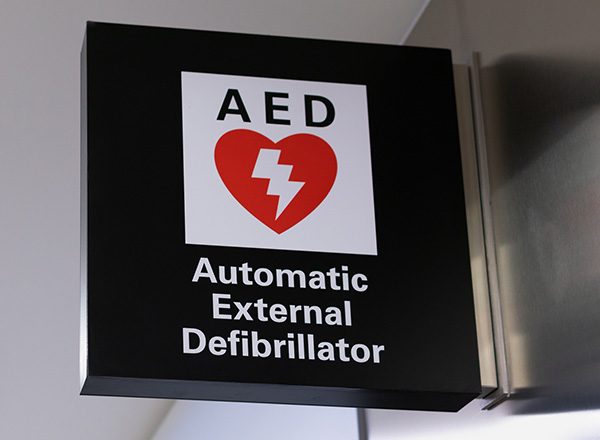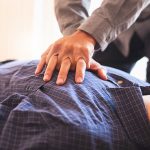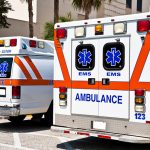Each link in the Chain of Survival is essential to providing the best possible outcome in survival from a sudden cardiac arrest event. Each link in the chain plays a significant role.
1. Recognition of cardiac arrest and activation of emergency response
2. Early cardiopulmonary resuscitation (CPR)
3. Rapid defibrillation
4. Advanced resuscitation by emergency medical services (EMS)
5. Post-cardiac arrest care
6. Recovery
The Importance of Rapid Defibrillation
Following high-quality CPR, defibrillation is the third link in the Chain of Survival. It requires quick action using an automatic external defibrillator (AED), a lightweight and portable device that can automatically diagnose life-threatening cardiac arrhythmias, including ventricular fibrillation and ventricular tachycardia. The device can also defibrillate the patient, using an electrical shock to reset the electrical activity in the heart and restore a normal healthy rhythm.
Speed to rapid defibrillation with an AED improves outcomes, so AED use should not be limited to only those with AED training, though the American Heart Association does recommend training.
Rapid defibrillation with an AED is a crucial link in the chain because it significantly improves the victim's chances of survival. The chances of survival decrease by 7% to 10% for every minute that passes without defibrillation. Conversely, 9 out of 10 cardiac arrest victims who receive a shock from an AED in the first minute live.
While the high-quality CPR delivered in the second link of the Chain of Survival manually keeps blood flowing to the brain and organs, defibrillation is the only way to shock the heart back into a normal, healthy rhythm. Without it, the remaining links of the Chain of Survival cannot happen, and the person's chances of survival diminish significantly.
Successful Performance of Defibrillation is Crucial
AEDs are typically located in various public places, including airports, sports facilities, schools, shopping malls, and offices. Steps for using an AED include these, though it is important to note that the American Heart Association updates these steps on a regular basis:
- Check the scene and the person. Make sure the scene is safe, and check the person for responsiveness. Call 911 if the person is unresponsive.
- Open the AED and turn it on. Follow the instructions that appear on the screen.
- Remove clothing and attach the pads correctly. Clear the person's chest of any clothing or debris. If needed, wipe the chest dry. Peel the packaging off the electrode pads and attach them to the person's bare chest — one on the upper right and one on the lower left, a few inches below the left armpit.
- Plug the pad connector cable into the AED.
- Press the "analyze" or "shock" button on the AED. This allows it to analyze the person's heart rhythm.
- If the AED advises, deliver a shock. Loudly say "Clear" to ensure no one touches the patient as you deliver the shock.
- Begin CPR immediately after the shock. Continue to follow the AED's voice prompts and provide CPR as needed until emergency medical services arrive.
Potential Roadblocks to Avoid
Using the AED incorrectly may impede the Chain of Survival and delay treatment. It is essential to call 911 immediately and proceed with high-quality CPR and rapid defibrillation swiftly to prevent delaying treatment. Here are a few things to consider when using an AED:
- Assess the scene to ensure a clear space for rescuer and patient safety.
- Find out the location of your workplace and public AEDs in advance to ensure timely defibrillation.
- Follow the AED instructions carefully and continue CPR according to the AED instructions.
- Ensure no one is in contact with the person receiving the shock as this can put them at risk of injury or possible death.
Those who are in charge of AEDs in their workplace should make sure there is easy access to the AED, that the pads are not expired or damaged, and that it has a charged battery as well as a proper power source.








